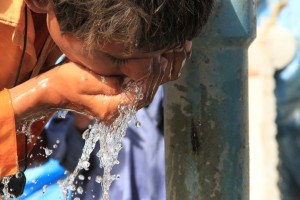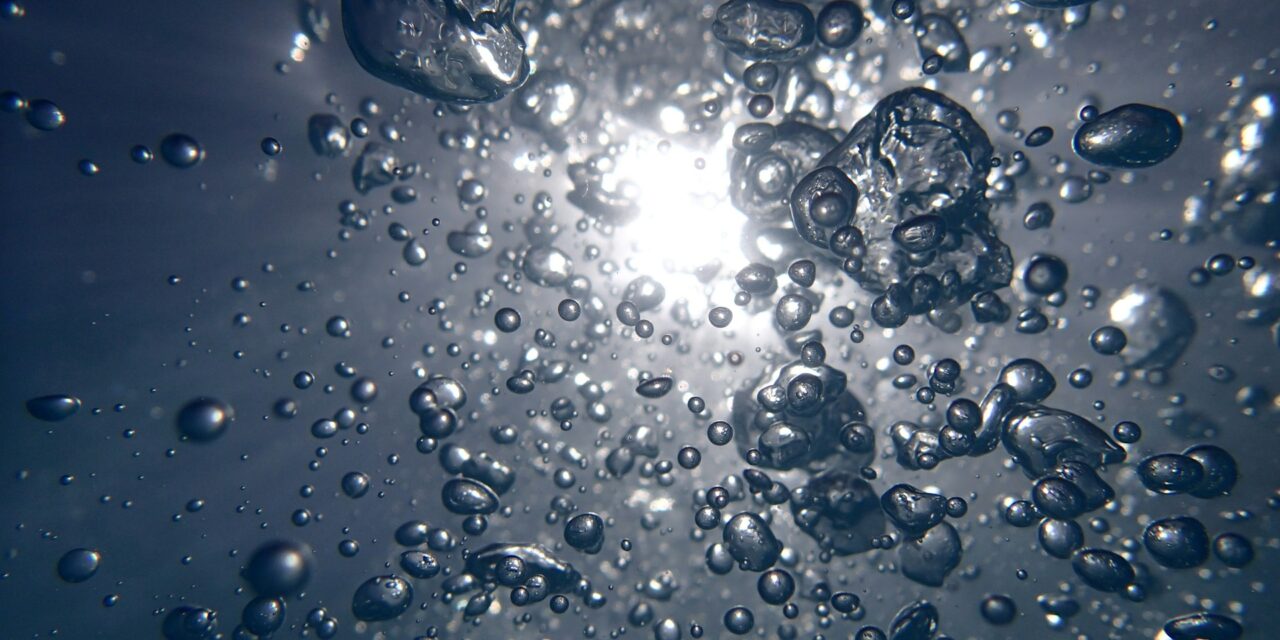Securing Your Lifeline: Essential Strategies for Water Preparedness
 In the face of ongoing global disasters and emergencies that disrupt our daily lives, the importance of water—the essence of life—cannot be overstated. We live in a volatile time that beckons us to be prepared. With the potential for power outages, supply chain interruptions, and infrastructure failures, reliance on traditional water sources can become a critical vulnerability. This comprehensive guide outlines five unique “how-to” methods to ensure you maintain an independent and reliable water supply, even when conventional systems fail.
In the face of ongoing global disasters and emergencies that disrupt our daily lives, the importance of water—the essence of life—cannot be overstated. We live in a volatile time that beckons us to be prepared. With the potential for power outages, supply chain interruptions, and infrastructure failures, reliance on traditional water sources can become a critical vulnerability. This comprehensive guide outlines five unique “how-to” methods to ensure you maintain an independent and reliable water supply, even when conventional systems fail.
1. Mastering Rainwater Harvesting
Rainwater harvesting is a simple yet effective way to collect and store water for non-potable and, with proper treatment, potable uses. Here’s how to set up a basic system:
- Installation: Install gutters and downspouts on your roof to channel rainwater into a collection system. Use a first-flush diverter to ensure the initial dirt-laden water doesn’t enter your storage.
- Storage: Utilize food-grade barrels or dedicated rainwater tanks to store the collected water. Keep them in a dark place to inhibit algae growth and cover them to prevent debris and mosquito breeding.
- Purification: For drinking purposes, purify the collected rainwater using filtration, boiling, or chemical treatment methods detailed later in this article.
Subscribe to PREPARE Magazine
2. Utilizing Atmospheric Water Generation (AWG)
Atmospheric water generators extract moisture from the air, an innovative solution that requires no traditional water source. Although some systems rely on electricity, solar-powered options offer a sustainable alternative:
- Choose a Solar-Powered AWG: Invest in a solar-powered atmospheric water generator. These devices range from portable to larger, home-based systems.
- Placement: Position your AWG in an area with high humidity and direct sunlight for maximum efficiency.
- Maintenance: Regularly check and clean the air filters and water collection tanks to ensure the quality of the water produced.
3. Digging or Drilling Your Own Well
Accessing groundwater through a well can provide a continuous water supply, independent of external systems. This method requires more effort and resources but is a long-term solution:
- Research Local Regulations: Check with local authorities for any permits or regulations regarding well digging or drilling.
- Professional Assessment: Consult with a hydrologist or a well-drilling company to assess the groundwater availability in your area.
- Manual Digging vs. Drilling: For shallow water tables, manual digging might be feasible. However, for deeper sources, professional drilling equipment will be necessary.
4. Solar Water Distillation
A solar distiller purifies water by using the sun’s energy to evaporate water, leaving contaminants behind, and then condensing it into a clean container. Building a simple solar distiller involves:
- Constructing the Distiller: Use a shallow tray and a piece of glass or clear plastic to create an angled roof over the tray. The tray should be painted black to absorb heat.
- Water Source: Fill the tray with any available water, including non-potable water.
- Condensation and Collection: Place a clean container at the lower end of the angled roof to collect the condensed, purified water.
5. Implementing a Hand-Pumped Desalinator
For those living near saltwater sources, a hand-pumped desalinator can convert seawater into drinkable water. Here’s how to utilize this method:
- Purchase a Portable Desalinator: Choose a portable, manual desalination pump designed for emergencies or marine use.
- Operation: Follow the manufacturer’s instructions for pumping and maintaining the device to ensure efficiency and longevity.
- Storage: Collect and store the desalinated water in clean, airtight containers to prevent contamination.
Conclusion
In conclusion, developing and maintaining your water supplies without relying on electricity, grocery stores, or neighbors is both a prudent and necessary step toward ensuring resilience in the face of uncertainties. By implementing the strategies outlined—rainwater harvesting, utilizing atmospheric water generators, digging or drilling your own well, solar water distillation, and hand-pumped desalination—you can secure a dependable water source for your household. Taking action today to establish these systems will safeguard your access to this vital resource, ensuring your independence and preparedness for any situation.








